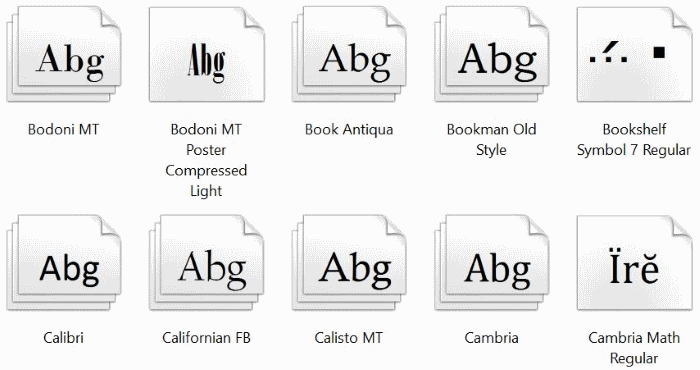
Stanley Morrison, when he was designing Times New Roman (first used in The Times newspaper on Oct.

I don’t know why one would question that sans fonts are easier on the eye than serif fonts. « Previous: iPhone App for Ontario Child Support and Land Transfer Tax Calculations Next: Getting to S: Securing Lawyer Online Activities » (Hat tip to Doug Jasinski for the introduction to Typology for Lawyers.) He prefers to write legal briefs in a nice-looking serifed font named “Sabon.”ĭo you have a view? Please share it below. Who am I to quarrel? Butterick, a practicing lawyer and former typographer, is an expert. Remarkably, he cites a number of American court rules that require documents to be submitted in serifed fonts. In fact, Matthew Butterick’s excellent Typography for Lawyers website suggests that sans-serif fonts like Helvetica should be avoided in legal argument because they are tiring to read in long documents. I admit that my attraction to Helvetica could be misguided. Here’s a wonderful clip that gives you a sense of the Helvetica’s essence and advocacy potential. One, I feel it’s a good “empty vessel” though which I can impose my own meaning without a font signaling something “off message.” Two, I’ve bought into the idea that persuasive argument is, first and foremost, digestible argument: writing point-first, plain language argument in Helvetica seems to be a good way to accomplish this objective. I like it for formal legal advocacy for two reasons.
#Calisto mt font file movie
The movie explains that, aside from being ubiquitous, Helvetica is modern, minimalistic and neutral. It’s led me to pose the question, “What’s your font of choice for formal legal argument?”

Seanna and I watched Gary Hustwit’s documentary film about the Helvetica font on the weekend.


 0 kommentar(er)
0 kommentar(er)
